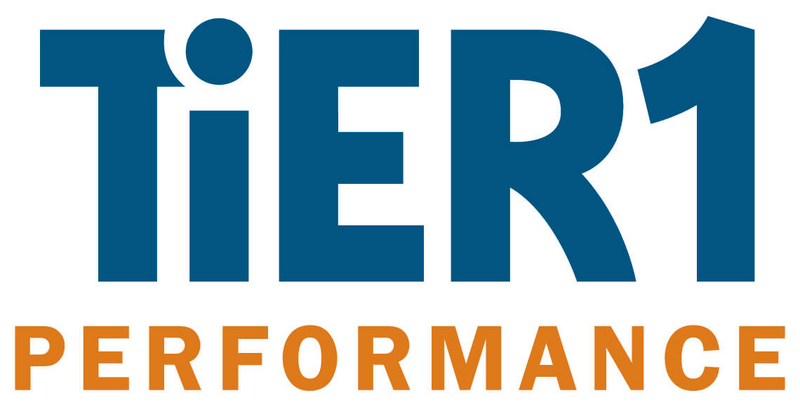ATD Blog
Upskill Your Employees With Scenario-Based Games
Thu Nov 07 2024

Scenario-based learning games are one of the most effective and creative ways to equip employees with the skills they need to thrive. These immersive experiences mimic real-world challenges, giving participants the chance to practice decision making and problem solving, all while receiving real-time feedback.
At TiER1 Performance, we use scenario-based games to activate learning that truly sticks. Let’s dive into why these games are so effective and what skills they can teach employees.
What does a game involve?
Scenario-based games replicate real-world challenges within a safe, structured environment. They’re designed around specific goals, rules, and decision points where players must make choices and see how they play out. They focus on three key elements that work together to create engaging, meaningful learning experiences:
Simulation lets learners interact with complex systems, giving them a hands-on way to practice skills without real-world consequences. Learners can master new techniques in a safe space, which builds confidence and deepens their understanding of the systems and processes they’ll encounter on the job.
Narrative uses stories and characters to make the learning experience more personal and emotionally engaging. Storytelling helps make abstract concepts more tangible, and a well-crafted narrative can prompt learners to ask deeper questions and explore the material more thoroughly.
Gamification combines fun with challenges, competition, and achievements to keep learners motivated. By offering rewards for progress and performance, gamification turns learning into a goal-oriented journey toward mastery.
Together, these elements create a comprehensive experience that not only grabs attention but also equips learners with the skills they need to apply in real-world situations.
Why do games work?
Scenario-based games close the gap between theory and real-world action. Traditional learning methods can sometimes fall short when it comes to applying new skills on the job. But with games, learning goes beyond just memorizing facts—it helps reshape how we think and act.
Here’s why: In a game, learning happens differently than in most other types of training. Learners are presented with a situation that challenges them and prompts questions. They use what they already know, along with the environment and system they’re interacting with, to make sense of the situation. Through exploration, they see how the system responds to their choices. This process allows for rethinking the problem and applying new understanding in the real world, transforming future approaches to similar challenges.
What skills can games teach?
Scenario-based games can teach a variety of skills, especially those that benefit from real-time decision making and hands-on practice. Here are some examples of where we’ve seen games work wonders:
Problem solving and critical thinking: Games encourage players to explore different solutions and understand the consequences of their decisions. For example, we’ve designed games for the U.S. Department of Defense to train service members on complex skills such as missile defense planning and coordinating naval fleets.
Leadership and management: Scenario-based games simulate leadership challenges such as managing teams and resolving conflicts. Our work includes everything from team-based board games exploring leadership qualities to digital role-play conversations for practicing employee coaching.
Strategic thinking: Games focused on long-term goals and resource management help learners plan ahead and balance competing priorities. We’ve developed business simulations to help leaders think about how to best invest across their organization, balancing tensions of profitability, growth, and employee satisfaction.
Ethical decision making: Simulations can present moral dilemmas, helping players think through the ethical implications of their actions. We’ve designed branching story-based simulations that challenge people to navigate situations across all organizational levels, prompting them to consider the long-term impact of their decisions
These skills aren’t just beneficial for individual growth—they align employees with broader organizational objectives, making scenario-based games a powerful tool for strategy activation.
How can you get started?
A meaningful scenario-based game requires intentional planning. We designed our Game Design Canvas to help you structure a game in a way that aligns with your learning goals. Use it as a guide to plan each aspect of a game, including the game’s purpose and goals, players’ motivations and thought processes, gameplay mechanics and feedback, optimal delivery modality and development tools, and logistics and facilitation.

